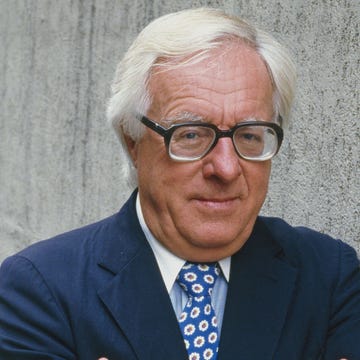What if humanity got a do-over? That’s the premise of John Larison’s novel The Ancients, which is set in a future “so impossibly distant,” as one character puts it, “no one would even be capable of comprehending what had been lost generations before their own birth.” After a climate apocalypse and its ensuing chaos have effectively reset the clock on civilization, Larison’s characters find themselves in a world not unlike that of the 15th century. Within a natural landscape alternately pitiless and generous, Indigenous villages vie with one another and, more violently, with the urbanized dwellers of a theocratic empire reliant on their enslavement. The narrative follows three crisscrossing plot lines: the first centered by three siblings from a dying village who must fend for themselves; the second exploring the fate of their mother, abducted and forced into labor by “barbarians”; and the last involving an aristocratic scholar, ambivalent about the power into which he’s been born, who longs for a man from a lesser social station.
The similarities between the imagined future of The Ancients and our own past are strong enough that, early on, one might be forgiven for wondering whether the novel’s conceit is merely a way to write about empire and enslavement without the burden of specifics. The matters of race and geography that would, in a historical novel of white conquest, necessitate ample care are here largely elided. But the likenesses and distinctions Larison draws between the world of The Ancients and this one are nuanced. If most speculative fiction about human apocalypse wonders what will change, Larison’s expansion of the time scale from tens or hundreds of years to thousands raises another, fresher question: What will endure?
The answers are less unexpected than canny, refracting contemporary preoccupations about everything from the appropriate use of natural resources to plastics to gender hierarchies. To his credit, Larison largely steers clear of didacticism, preferring instead to reveal his world in often surprising ways. Among the city’s elite, for instance, consuming fish is something close to a religious taboo, even as it remains the favored food of the coastal tribes, whose reliance on it is imperiled by heat and drought. Plastics have themselves become treasure, repurposed to new ends. Matriarchies, while still inclined to reductive (albeit flipped) gender roles, prove adept at collaborative leadership. In one of the novel’s shrewdest turns, a mother-led village contends with an upstart hunter who brands himself a prophet, luring the disaffected with his charismatic braggadocio: “The mysterious towers,” Larison writes, “built across the meadows like a village of people with their arms held out—those towers had been built to steer a running herd of elk. Vagnu said he had heard the truth spoken from the mountaintop, and who could say otherwise now?”
As this passage suggests, Larison is deeply interested in narrative’s role in shaping belief. Nothing endures quite so well as a good story, an idea The Ancients makes three-dimensional via its engagement with the residue of our time. Transmission towers become anthropomorphic messages from gods; renderings of 20th-century cities are suppressed because they undermine the foreshortened version of history an emperor would rather tell. In songs scattered throughout, the people of the villages share tales about a “Great Wave” and cycles of famine induced by a people’s unchecked greed. An author’s note mentions Larison’s desire to resist another kind of story: one of an end-times disaster, a horizon to human experience we can’t see beyond. “We have been there before,” he tells us, and to misread transformation as extermination is to blind ourselves to the ways humans have already endured what might seem unendurable.
And yet, how to balance the long view with the urgent demands of this moment? Celebrating a future for humans on an earth in many ways unrecognizable to us might offer a kind of absolution from the need to solve our present problems—just another version of a tech guru’s Mars colony dream. One senses, in some of the novel’s late developments, Larison’s awareness of these tensions. The fantasy of endless resources is yet another old story the novel tells, and if The Ancients seems skeptical about our ability to thwart fully our thirst for more, it doesn’t hesitate to show the irrevocable consequences of such a sin.
For all this, The Ancients is perhaps most affecting in the passages where it operates more as myth than novel. “Once there was a boy,” it opens, a phrase invoking a narrative past older than fiction itself. Before we recognize it as a work of speculation, before it reveals its traces of our ruined world, before its various narrative threads begin to unspool, The Ancients feels like a more primal sort of story, an acknowledgment as well as a poignant reminder that every one of us, in one way or another, is alone in an inhospitable world with an uncertain future.•













